School of Art, Architecture + Design
Center for Integrative Photographic Studies
Rania Matar Interview with Curator Elliot Reichert
Indiana Public Media
3/29/2020
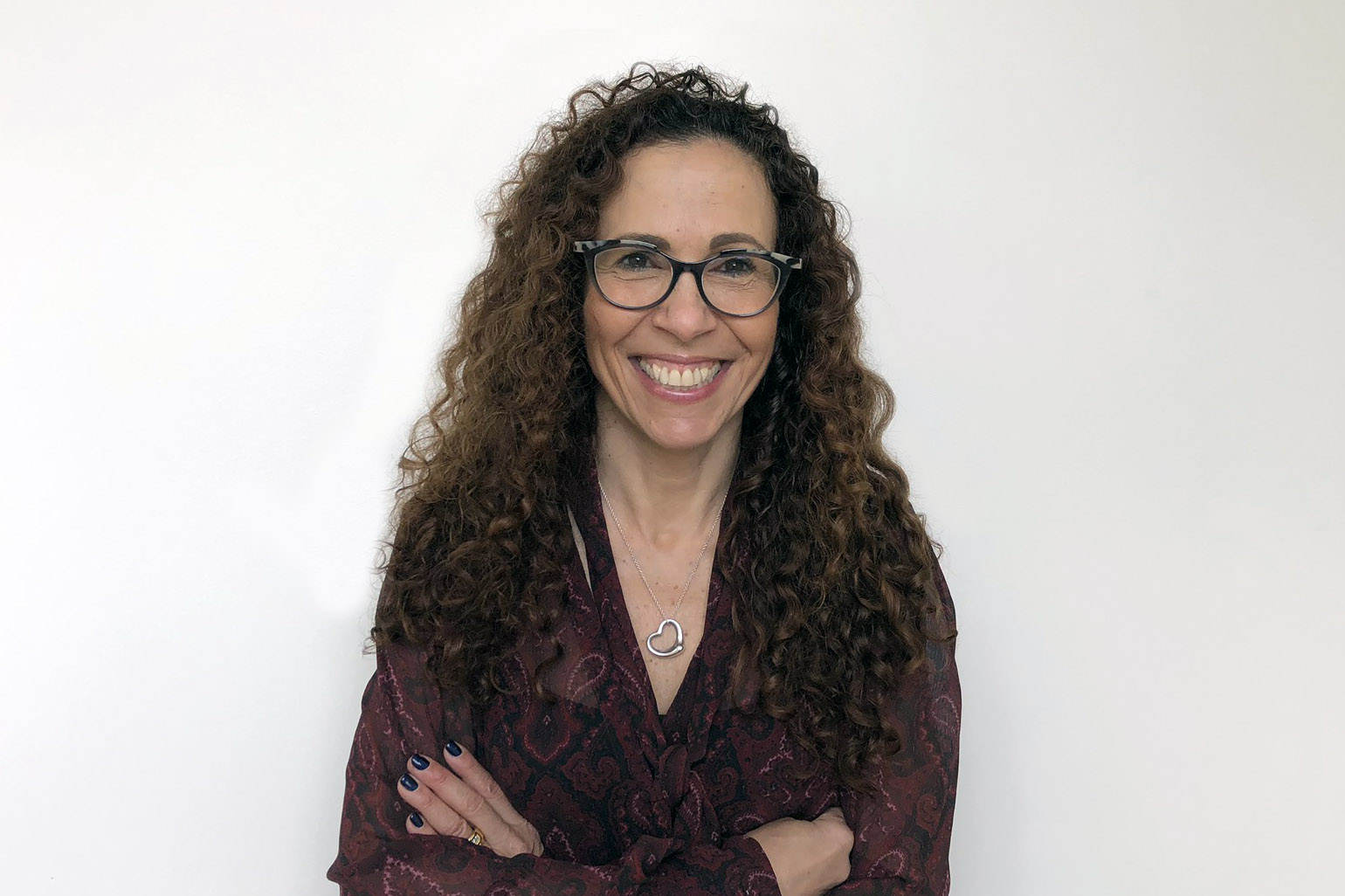
Rania Matar was born and raised in Lebanon and moved to the U.S. in 1984. As a Lebanese-born American woman and mother, Matar's cultural background, cross-cultural experience, and personal narrative deeply inform her photography. She has dedicated her work to exploring issues of personal and collective identity, through photographs of female adolescence and womanhood, in an effort to focus on the universality of issues of identity and individuality.
Her photography has been widely published and exhibited in museums worldwide, including the Museum of Fine Arts, Boston, the Carnegie Museum of Art, National Museum of Women in the Arts, and more. A sample of her work was recently on view at the Featured Exhibition Gallery in the Eskanazi Museum.
Matar has received several grants and awards, including a 2018 Guggenheim Fellowship, and she has published three books: Ordinary Lives (2009), A Girl and Her Room (2012), and L'Enfant-Femme (2016).
She is currently associate professor of photography at the Massachusetts College of Art and Design, and regularly offers workshops, talks, class visits and lectures at museums, galleries, schools and colleges in the U.S. and abroad. During a recent visit to the IU campus, Rania Matar spoke with Elliot Reichert, the Eskenazi Museum’s first curator of contemporary art.
https://indianapublicmedia.org/profiles/photographer-rania-matar.php?fbclid=IwAR2C5FYlIjTBvUE6VGp9Nt43n6Ig2ydvAMw7sQHOUoaXaNtPmrJE_Mu2bUA
Image: Rania Matar (Aaron Cain, WFIU)
Luce Foundation Grant Allows In-depth Study of Henry Holmes Smith Photography Archive
Grant Awarded to the Eskenazi Museum of Art
7/26/2018

The Sidney and Lois Eskenazi Museum of Art at Indiana University has been awarded a $250,000 grant from the Henry Luce Foundation. The grant will allow the museum to hire a three-year, limited-term Assistant Curator of Photography and two part-time student support staff to conduct research and photography on the museum’s Henry Holmes Smith Archive.
Acquired in 1979, the archive, which is comprised of more than 5,000 items, represents the largest holding of work by Henry Holmes Smith (American, 1909–1986), a leading American modernist photographer. A founder of the Society for Photographic Education, Smith trained many prominent photography professors like Jack Welpott, Robert Forth, Betty Hahn, and Jerry Uelsmann, primarily at Indiana University where he taught for thirty years. Some have called Smith the “father of American photographic education.” Along with presenting a sweeping overview of Smith’s career, the archive includes numerous examples by his students, peers, and influential friends, including Ansel Adams, Minor White, and Aaron Siskind.
Image courtsey of the Eskenazi Museum of Art, Indiana University. Henry Holmes Smith, photo by Jerry Uelsmann.
In addition to his role as a noted teacher and theorist, Smith was an innovator in the field of camera-less photography. Using the simplest of tools—a sheet of glass with a mixture of water and corn syrup poured on it to refract light—he created photograms that were then transferred into multilayered color prints. As Nan Brewer, the Eskenazi Museum’s Lucienne M. Glaubinger Curator of Works on Paper and the project’s director, notes: “A renewed interest in alternative processes by a new generation of photographers makes this the perfect moment for a reappraisal of Smith’s work. His fluid, expressionistic images reflect the energy and revolutionary spirit of the 1950s, ’60, and ‘70s, while suggesting a universality based in mythology, Jungian philosophy, and fairy tales.”
The Assistant Curator of Photography will complete a three-year project that will include extensive research, cataloguing, digital preservation, and preparation for an exhibition and catalogue of Smith’s work. The project will also enable the Eskenazi Museum to increase knowledge and awareness of this important collection by providing online access to the IU community, scholars and the general public.
The Eskenazi Museum will begin the search for a new Assistant Curator of Photography early next year and plans to complete this phase of the project by 2022. A second phase will include the implementation of the Henry Holmes Smith retrospective exhibition and catalogue.
Tina Campt, Friday March 23 at 4:00PM in FA102
Burke Lecture
5/18/2025
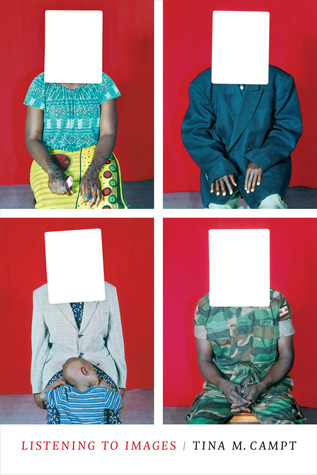
The next Burke Lecture will feature Tina Campt, Professor of Africana and Women’s Gender and Sexuality Studies, and Director of the Barnard Center for Research on Women, from Barnard College on Friday, March 23. The talk will be at 4:00 in Fine Arts 102, and will cover parts of her newest book, Listening to Images, which addresses the sonic and sensorial aesthetics of photographic depictions of Black diasporic life.
Professor Gleisser will host the Burke Reading Group on Wednesday, March 21 at 5:30pm in Fine Arts 002. The readings include a chapter from Professor Campt’s recent book, Listening to Images, and an excerpt that inspired the text, taken from Fred Moten and Stefano Harney’s book, The Undercommons: Fugitive Study and Black Planning. You can download the PDF here. Note there are two readings built into the same file. Snacks will be provided.
Mira Nair at IU Cinema on Thursday April 12, 2018
5/18/2025
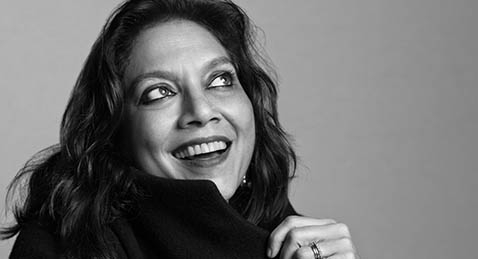
Mira Nair will address the issues she so passionately explores in her films, including the emotional and societal conflicts of competing worlds that is felt by millions of immigrants and ways to bridge the gap between cultures, races, and genders. Her lecture will be followed by a moderated Q&A.
Mira Nair is a filmmaker completely grounded within the world she lives. Her films often explore the conflicts inherent with families of recent immigration and ways to bridge the gap between cultures, races, and genders. They challenge stereotypes and generational assumptions, while remaining grounded in the values she holds close. Born in India and educated at Delhi University and Harvard, her debut feature film, Salaam Bombay! (1988) was nominated for an Academy Award® for Best Foreign Language Film after winning the Camera D’Or at the Cannes Film Festival. Her next film, Mississippi Masala (1991), premiered at the Venice Film Festival. In 2001, Monsoon Wedding won the Golden Lion at the Venice Film Festival and went on to receive a Golden Globe® nomination for Best Foreign Language Film. Read more on IU Cinema's website.
Max Eastman, by Christoph Irmscher
Featured in the New Republic
5/18/2025

From the New Republic:
"Irmscher in his book describes accurately the relevant encounters, moments, writings, and relationships. He gets the arc, from mama’s boy to neurasthenic student to golden lion of the lyrical left to, finally, idiosyncratic conservative. He competently analyzes the currents of the American left in which Eastman swam, and Eastman’s philosophical differences with intellectual giants like John Dewey, Sigmund Freud, and Leon Trotsky..."
Irmscher's book, titled Max Eastman: A Life was published by Yale University Press on June 27, 2017.
Read more about Max Eastman and the book from The New Republic.
James Nakagawa Featured in Lens Culture
Interview by Coralie Kraft
10/23/2017
From Lens Culture: "When he snapped the image that later made it into The New York Times and caught the eye of Anne Tucker, curator at the Museum of Fine Arts, Houston, Osamu James Nakagawa had no idea that he was beginning a series that he would continue to add to for decades. Primarily known as a digital photographer at the time, Nakagawa was used to thinking of “straight photography” as material for his larger digital compositions, not individual works in their own right. Stuck in the swirling eddies of a personal tragedy—one of those disconcerting periods of life in which your world is collapsing in around you while everyone else keeps moving forward—he picked up his film camera as a channel for relief..." [Read the article]
Imagining Science work by Hamburger and Nakagawa Travels to the Netherlands
Noorderlicht Photofestival 2017, NUCLEUS
10/22/2017
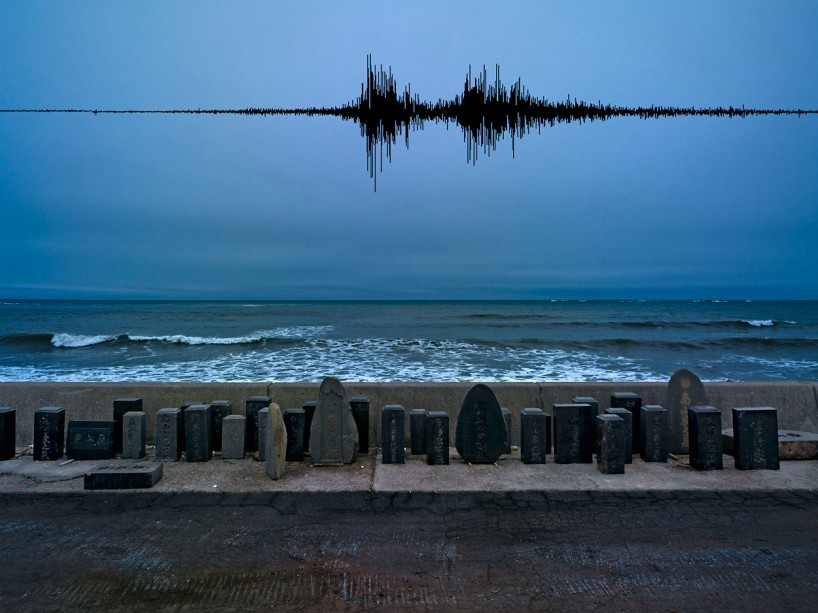
The unique works on paper are a combination of seismograph and photography that Hamburger and Nakagawa call 'seismophotography,' and are on display in Gronigen, Netherlands, as a part of the 24th edition of Noorderlicht. Hamburger and Nakagawa originally created the work for Imagining Science Exhibition in 2013. The work began in the aftermath of the “3.11 disaster,” when Nakagawa collected striking images of damage incurred by the earthquake and tsunami. Collaborating with geophysicist Michael Hamburger, the pair modified the photographs using a number of traditional recording techniques that have been used by seismologists for over a century: smoke-paper and ink-pen recording of current seismic activity on rotating seismograph drums. The combination of seismographic data and photographic images produce a mysterious, evocative, and sometimes powerful impression of the impacts of Earth activity on human agency and the ways in which we strive to understand and respond to them.
The Photofestival takes place from October 22 to Nov 26, 2017, and includes 74 photographers from around the world. The theme of the festival is science and it's representation by independent photographers and artists, recognizing that both disciplines work from an investigative urge, with curiosity, originality, creativity and an open mind as fundamental principles. Read more about Noorderlicht 2017.
"The Cycle of Life in Osamu James Nakagawa’s Photography"
New Essay by Claude Cookman
10/5/2017
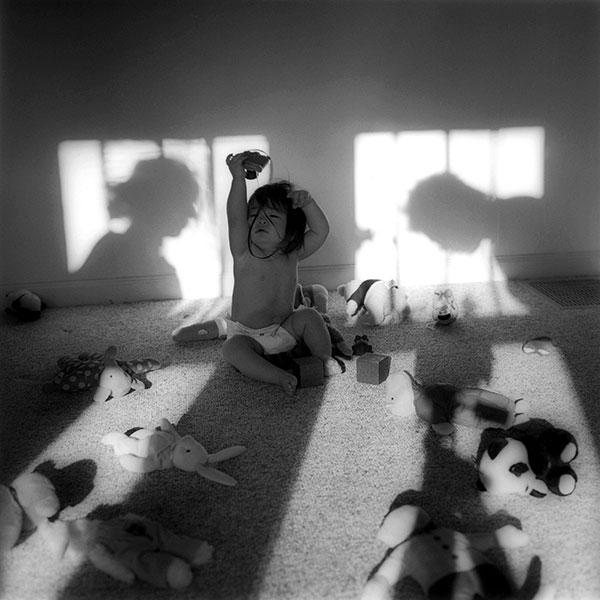
Claude Cookman's essay, published in the Limestone Post, chronicles how Nakagawa’s striking imagery reflects "death and life, grief and joy, past and future."
From the article:
"Most of us keep thoughts of mortality, especially our own, at arm’s length. Death can wait for another day. Watching the decline and death of a beloved parent, however, has a way of concentrating our attention on our common fate. But what if that death is balanced with the ultimate affirmation of life? The birth of an infant — the genesis of a new generation?"
"In 1998, shortly after learning his father had terminal cancer, Osamu James Nakagawa and his wife, Tomoko, welcomed their daughter into the world. Nakagawa, who grew up in Tokyo and Houston, always felt suspended between two cultures. He used photography to buffer himself against a nagging sense of not belonging..." Click here to read the full article.
Kinship Exhibition curated by Elizabeth Claffey and Betsy Stirratt
On View at the Grunwald Gallery
10/1/2017
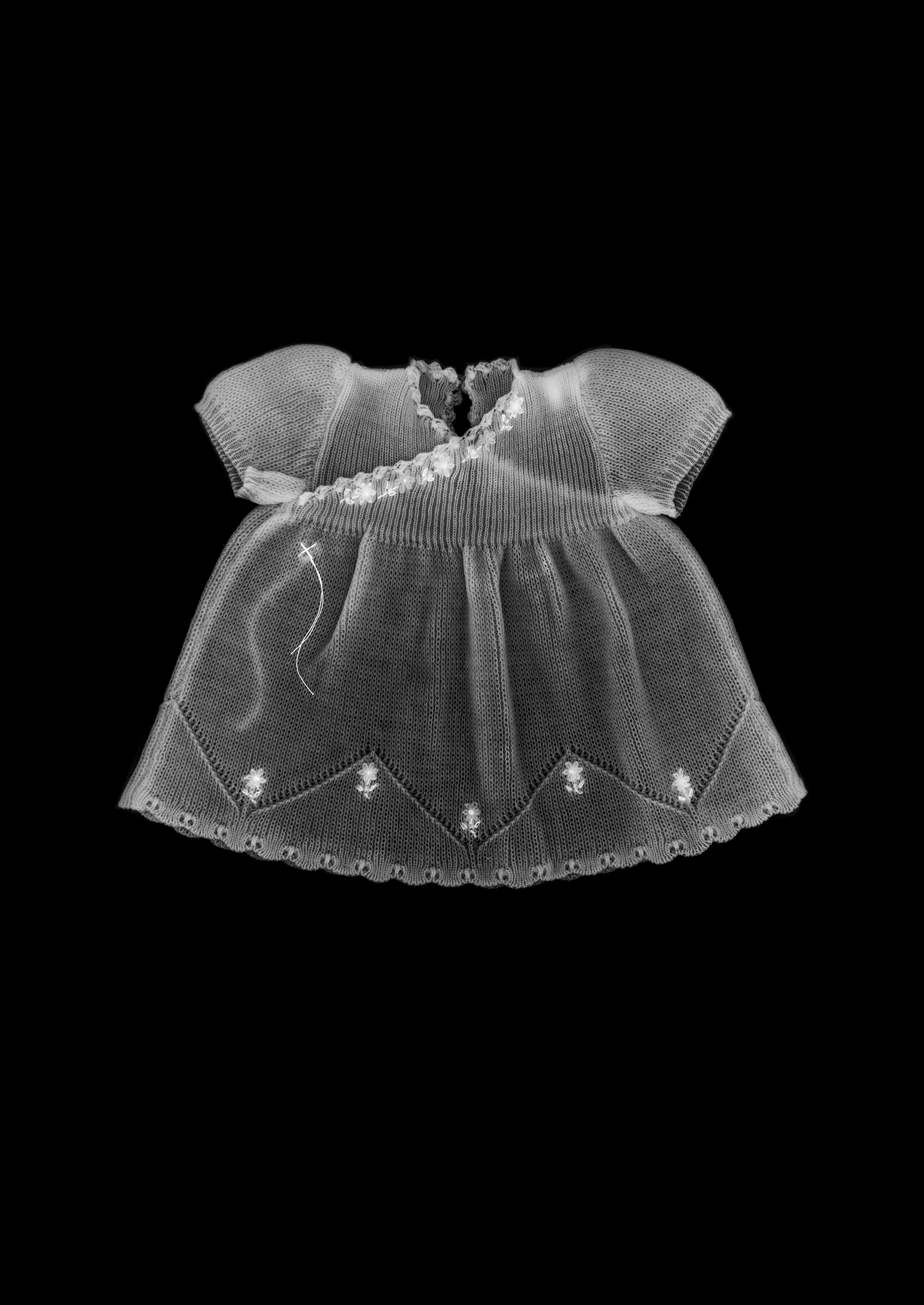
The Grunwald Gallery at Indiana University Bloomington is pleased to present the exhibition Kinship, curated by Assistant Professor of Photography, Elizabeth M. Claffey and Gallery Director, Betsy Stirratt. The exhibit will contain photographs and installation pieces by six U.S. based contemporary artists from diverse cultural backgrounds. The exhibit will open on October 13 and continue through November 16, 2017. Photographer Priya Kambli will present a public lecture about her work on Thursday, November 2 at 5:30 pm in the Grunwald Gallery.
The exhibition will run October 13, 2017 through November 16, 2017. This exhibition and symposium is made possible by the Themester at Indiana University.
Through the work of artist photographers Tara Bogart, Elizabeth M. Claffey, Joy Christiansen Erb, Letitia Huckaby, Priya Kambli and Rachelle Mozman, Kinship examines the influence of family life on personal and cultural identity. Each artist delves into the complex nature of family structures to express how it shapes internal dialogue and personal narrative. Through various avenues of investigation such as family lore and heritage, this exhibition addresses what it means to embody familial identity, while experiencing otherness within a public and private context. Within a patriarchal system, knowledge and inquiry are considered currency of the public sphere. Kinship aims to challenge this assumption by exploring the deep knowledge base developed through living in and observing domestic space, caring for others, and nourishing family. Mainstream media representations of home can reinforce normative scripts that fail to express the conflicts and rewards of family life. Through the efforts of these six artists, the viewer might consider the value of womanhood and the multifaceted roles that women play within the domestic sphere.
(RE)Imagining Science
Exhibition at the Grunwald Gallery, Indiana University
10/16/2016
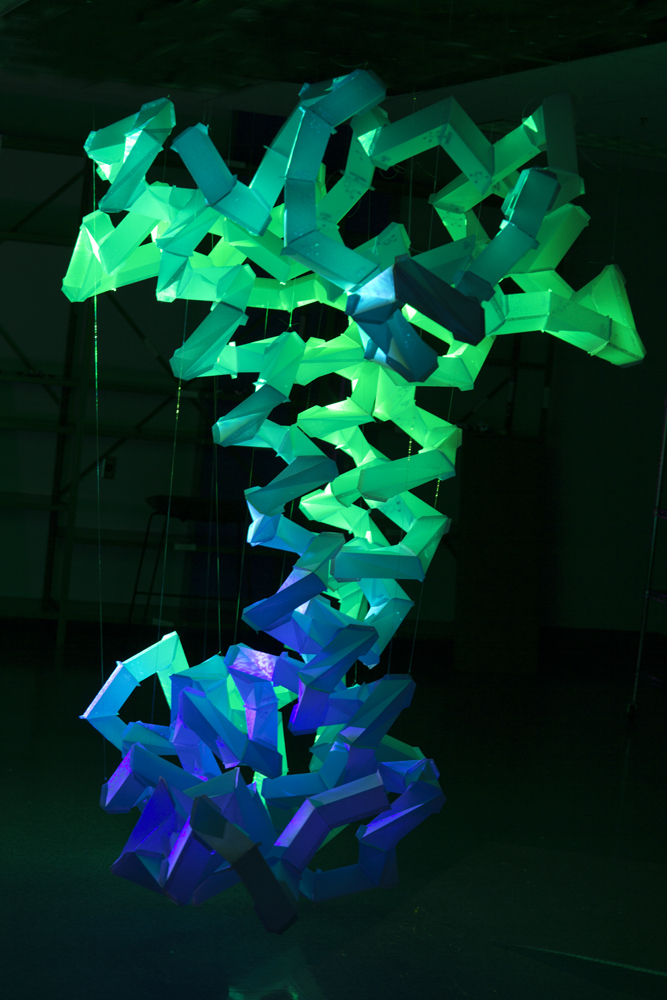
The (RE)Imagining Science Exhibition contains collaborative projects by 12 teams of artists and researchers from IU exploring the connection between the sciences and the arts.
"Light Harvest" (left) was created by Jiangmei Wu, an assistant professor in the School of Art and Design; Susanne Ressl, an assistant research scientist in molecular and cellular biochemistry; and Kyle Overton, a Ph.D. candidate studying human-computer interaction design. The glowing sculpture is a giant representation of the protein in a light-harvesting complex, a structure that turns sunlight and water into sugar and oxygen in the process known as photosynthesis. The sculpture was hand-assembled from more than 600 pieces of reinforced kozo, or mulberry paper, which was laser cut and etched. The patterns were computer-generated, yet the folded forms and Japanese paper evoke the traditions of origami.